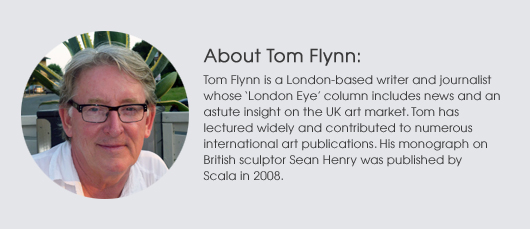
LONDON — Happy New Year from London.
Imagine arriving at Piccadilly Circus a few days before Christmas to find Alfred Gilbert’s statue of Eros — one of the city’s most iconic landmarks — standing amid wreaths of falling snowflakes. I mean, how romantic can London get at Christmas time? But hold on … sadly we have to report that it was not real snow falling around the monument but the artificial kind, for the statue had been temporarily enclosed within a snow-globe to simulate the white Christmas we all dream about, but which never seems to happen on this wet and windy isle.
We can never be sure of a white Christmas but there is no doubt that the year ahead will bring more stormy weather thanks to the earth’s changing ecology. The ecology of the art market is also changing. We have reported here before on the imminent eviction of the art trade from venerable Cork Street, the row of galleries and small dealerships that stretches from the Royal Academy at its southern end to New Bond Street in the north. It is one of London’s longest established art streets, the first galleries opening there in the 1930s.

Peggy Guggenheim launched her first London venture, Guggenheim Jeune, in Cork Street, as did Freddy Mayor, founder of the Mayor Gallery. The street was originally populated mainly by tailoring businesses, commonly known as “the rag trade.” Its contemporary equivalent — up-market fashion labels — have recently come to dominate neighboring New Bond Street and Old Bond Street, two other historically important centers of the art trade (Sotheby’s has been located on New Bond Street since 1917).
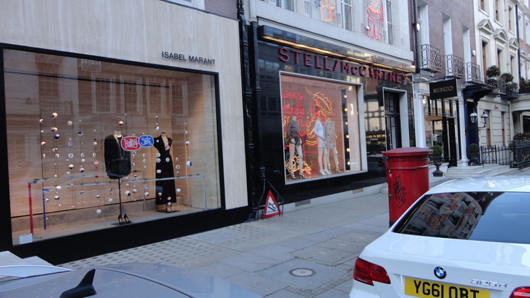
As the fashion brands have moved in, so the rents have risen in Cork Street and environs, increasingly squeezing out the galleries that gave the area its art trade ambience.
Just before Christmas, the Mayor Gallery threw a party to bid farewell to the premises it has occupied since the 1930s before it moves in the new year to a smaller upstairs location further up the street. Unsurprisingly, given its decades-long pedigree as a crucible of irreverent surrealist fun and games, the Mayor was packed to the gunnels with ageing bohemians keen to bid the gallery a lachrymose and bibulous Christmas farewell.

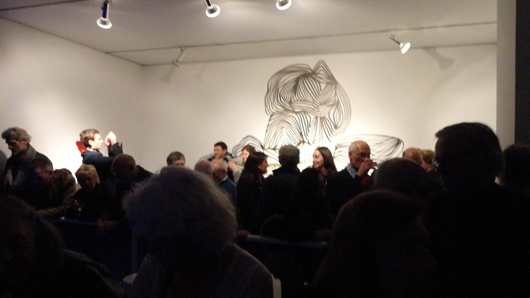
New York party animal and trans-Atlantic art world commentator Anthony Haden-Guest was on hand to read his “noir poetry,” at times forced to scream to be heard above the din,

while British underground artist, musician and curator Richard Strange provided a two-man rock band and grungy video projection to embroider the evening’s art-punk mayhem. Whether it was Strange himself languishing in the gallery window clad in a silver mermaid outfit was not revealed, but it was very much in the spirit of a London trade refusing to go down without a stylish flourish.
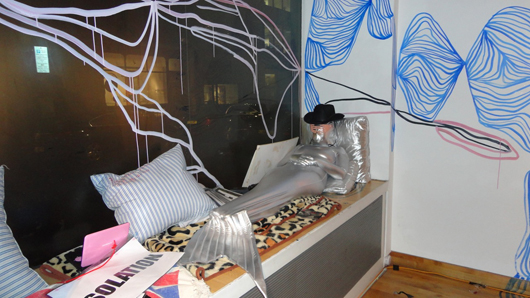
That this brief flash of quintessentially English art world eccentricity represents the end of an era is beyond doubt. Certainly Cork Street will not be the same without the Mayor. Its forced departure from the premises it has occupied since the era of Peggy Guggenheim offers further proof, if any were needed, that corporate business gives not a fig for the cultural traditions that have given London its unique edge over other world cities.
Happily it was not all gloomy news for London art market real estate at the end of 2013. Bonhams recently opened their stunning new auction rooms just two doors up from Christie’s new private dealing gallery on New Bond Street, demonstrating that the fashion brands have not yet entirely squeezed out the art market.
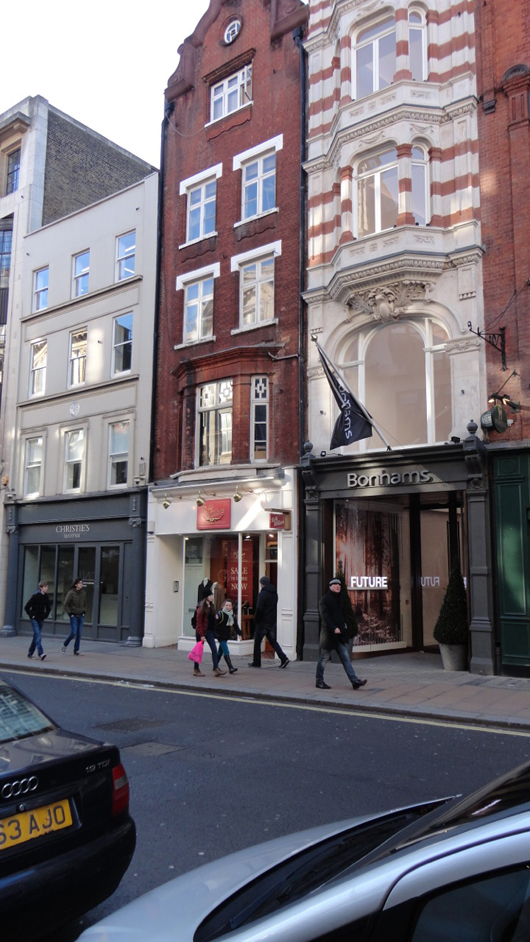
How times have changed, though. Back in the 19th century you could pull up your horse and cart outside Bonhams Auction Rooms, but you’d have difficulty doing that today.
It will be interesting to see whether the spacious new light-filled galleries bring improved market share to Bonhams as they continue to challenge the dominance of the “big two” — Christie’s and Sotheby’s — in 2014.
Bonhams is, of course, a in the vintage transport market, having sold the world’s most valuable motor car — the Fangio 1954 Mercedes-Benz W196R Formula 1 single-seater — for £19,601,500 ($32.4 million) at the 2013 Goodwood Festival of Speed Auction back in July. They at least have that specialist expertise that neither Christie’s nor Sotheby’s can match.
Meanwhile, for regional auctioneers Hartley’s it was a rather more down-to-earth mode of transport that provided an interesting moment at their December auction in Ilkley, West Yorkshire. So, if you are wondering how much a penny farthing — or, more properly, an “Ordinary Bicycle” — is worth at auction these days, we can report that the “Rational National” brand version offered at Hartleys pedaled its way up to a respectable £1,300 ($2,150).
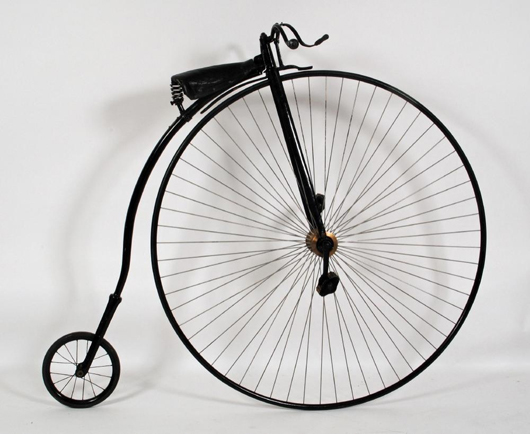
One or two other items at the Ilkley sale are also worth mentioning, including a surprise in the ceramics section and more extraordinary prices for the painter known as “Braaq.”
Damage is never an easy thing to account for when appraising an object’s commercial potential. It all depends on rarity and whether restoration is viable. Take, for example, the mid-1930s Lenci pottery figure known as “Nella.”
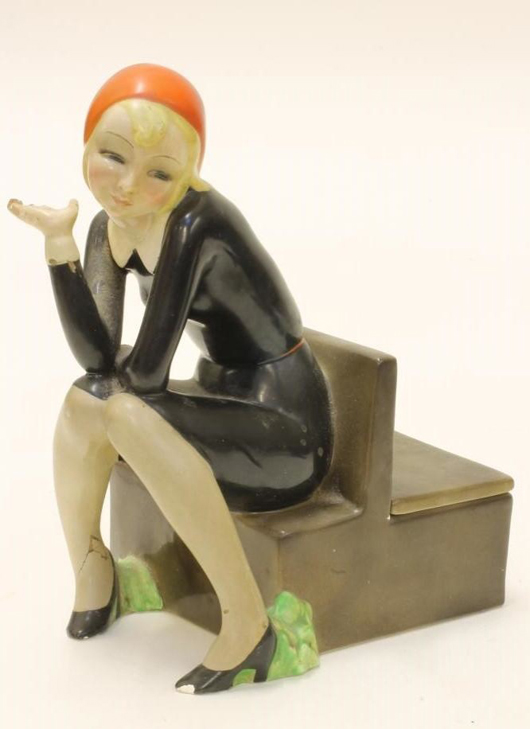
Hartley’s was careful in estimating this at £200-£300 for the figure’s vulnerable outstretched fingers had sustained some damage and there were chips to the foot and ankle.
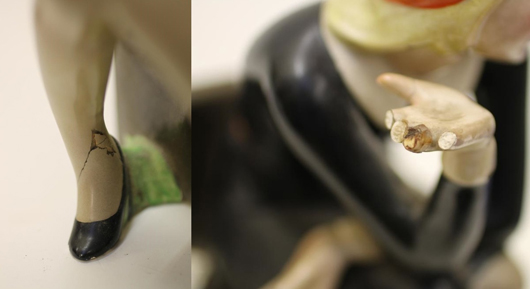
Back in 2011, Christie’s sold an example of Nella at their South Kensington “Interiors” sale where, despite some “restoration and damages,” it fetched £4,000 ($6,488), while Bonhams sold one at their Los Angeles rooms in October 2013 for $4,000 (£2,422). Given these precedents, Hartley’s hammer price of £2,500 (£4,135) seemed about right.
The furniture section included a Victorian mahogany extending dining table with enough leaves to make it as long as the M1 motorway. Even the extending mechanism itself looked like a section of the Hadron Collider.
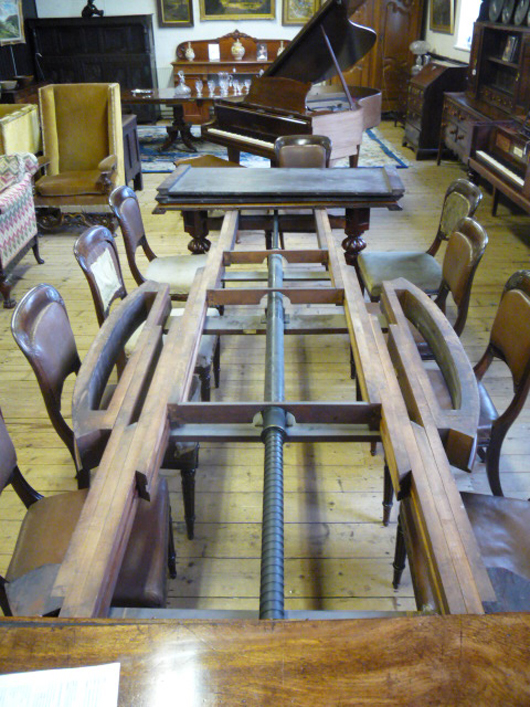
Tables this long can either fly or fall flat, depending on whether the right people are present on sale day. In the event a cautious estimate of £1,000-£1,500 was replaced by a hammer price of £6,000 ($9,925), a perfectly fair outcome given the number of diners it will accommodate.
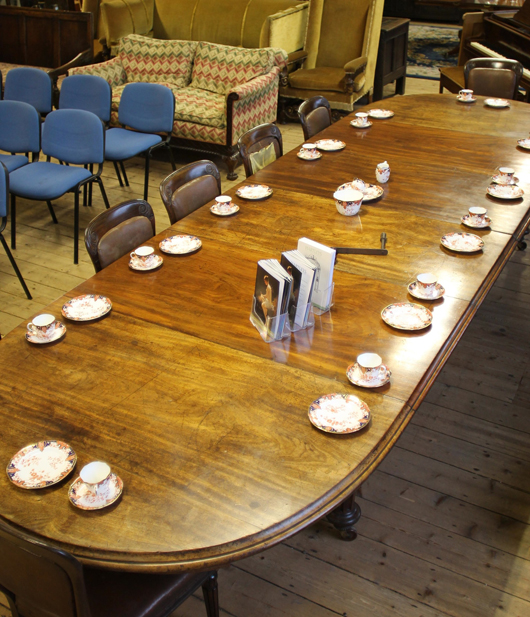
Oils on canvas by the late Yorkshire oil painter Brian Shields (1951-1997), better known as Braaq, continue to command high prices at Hartleys. The firm sold no fewer than 23 works by the artist in 2013 alone. This sale featured six Braaq lots, including two that suggest something of his debt to now critically acclaimed “stick-men” painter L.S. Lowry and the great Netherlandish painter of winter scenes, Pieter Brueghel the Elder. The two highest prices were for Figures Approaching a Frozen Lake, Industrial Town in the Distance,

which realized £16,500 ($27,290), and Snowscape with Figures in a Park, which made £14,000 ($23,150).
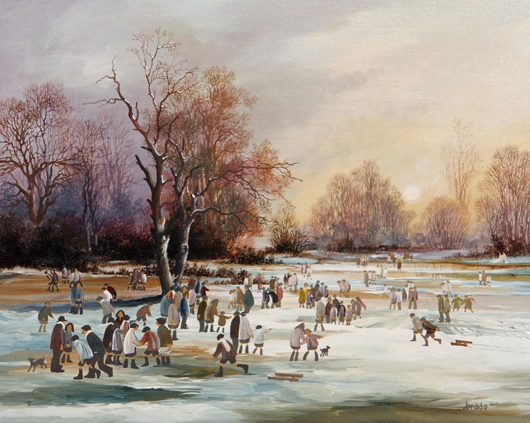
So, what will 2014 hold for the London and UK art market? One thing is for sure; Cork Street may be declining, but the “event-driven” art market is thriving and so we can be sure to see more art and antiques fairs. Business kicks off in January with the Mayfair Antiques & Fine Art Fair from Thursday, Jan. 9, to Sunday, Jan. 12, at the London Marriott Hotel in Grosvenor Square, where 45 specialist dealers will offer a range of material across the four days, while at the end of the month the Petersfield Antiques Fair takes place at the Hampshire town’s Festival Hall, from Jan. 31 to Feb. 2. Art dealer Graham Bentley will be showing a number of lithographs by Sir William Nicholson (1872-1949), who specialized in wood-engraving and illustration.
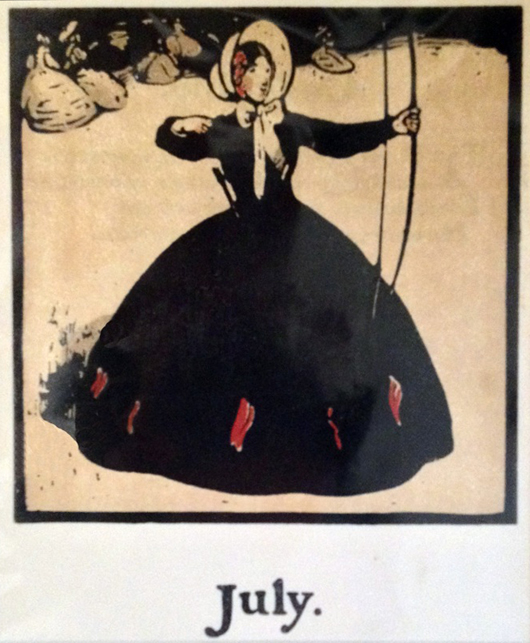
Interestingly, Nicholson has the distinction of being Britain’s only known artist to win an Olympic gold medal, having competed in the 1928 Olympic Games in Amsterdam at a time when the Games included a section devoted to sport-related art.
Olympics will not, however, be top of mind in the UK this year, for 2014 is World Cup soccer year. Over to Brazil!
